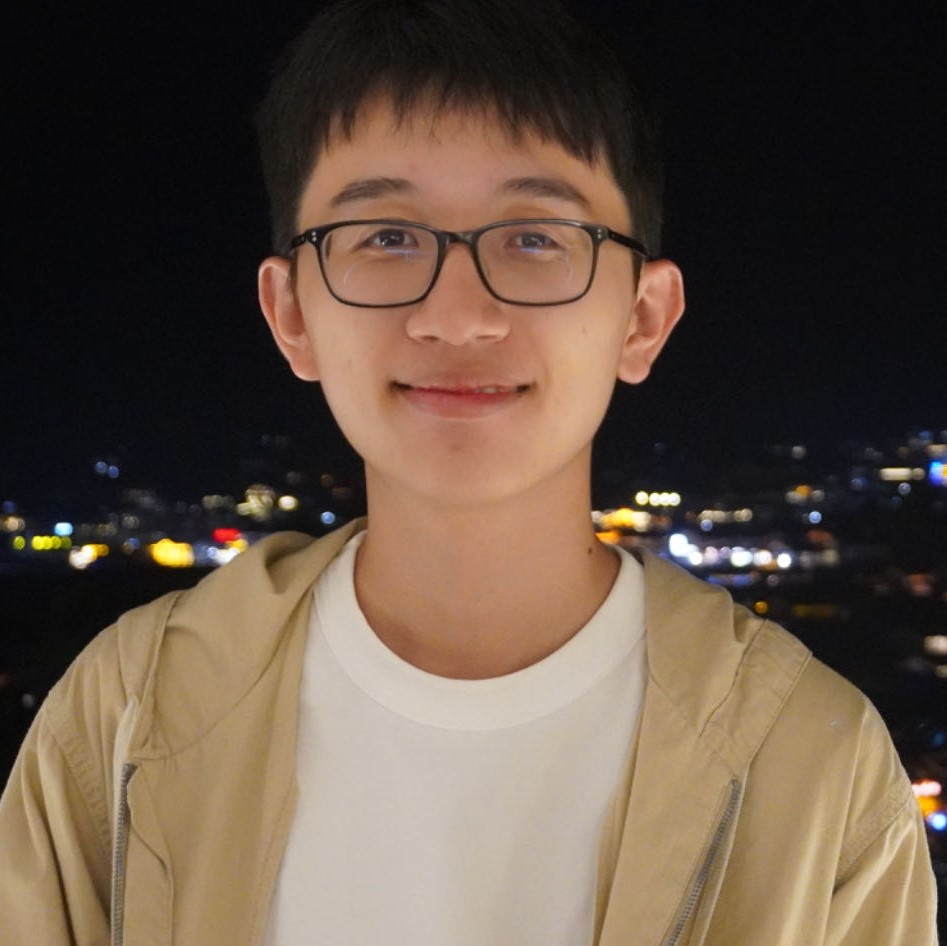Zilyu Ye (叶子绿)

Hi, I’m Zilyu, a third-year undergraduate student in Artificial Intelligence at South China University of Technology. Currently, I’m interning with Bytedance Seed Vision Team, where I focus on visual generation post-training. Prior to this, I had the privilege of working under the guidance of Prof. Qi Liu and Prof. Guo-Jun Qi.
news
| Mar 17, 2025 | Started internship at Bytedance Seed Vision Team. |
|---|---|
| Mar 14, 2024 | Started internship at MAPLE Lab, Westlake University. |
selected publications
- arXiv